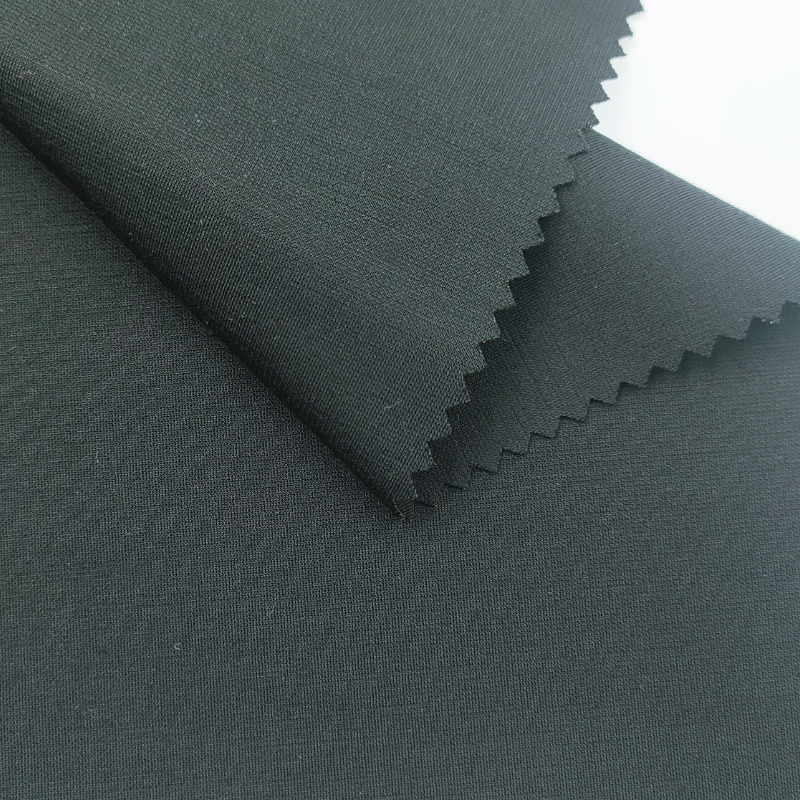The production of synthetic-natural fiber blends involves combining synthetic fibers with natural fibers to create textiles with enhanced performance characteristics. Innovations and advancements in this area aim to improve the environmental footprint of synthetic-natural fiber blends by reducing resource consumption, minimizing waste, and enhancing sustainability throughout the production process.
Here are some key innovations:
- Recycled Synthetic Fibers: Manufacturers are increasingly using recycled synthetic fibers, such as recycled polyester (rPET), in synthetic-natural fiber blends. These fibers are made from post-consumer plastic bottles, industrial waste, or discarded garments, diverting waste from landfills and reducing the need for virgin polyester production. By incorporating recycled synthetic fibers into blends with natural fibers, manufacturers can reduce the environmental impact of textile production and promote circularity in the supply chain.
- Bio-based Synthetic Fibers: Bio-based synthetic fibers, derived from renewable resources such as plant-based materials or agricultural byproducts, offer an alternative to conventional petrochemical-based synthetic fibers. Innovations in bio-based synthetic fibers, such as bio-polyesters or bio-nylons, aim to reduce reliance on fossil fuels and decrease greenhouse gas emissions associated with fiber production. By incorporating bio-based synthetic fibers into blends with natural fibers, manufacturers can create more sustainable textile materials with lower environmental footprints.
- Closed-Loop Production Systems: Some manufacturers are implementing closed-loop production systems for synthetic-natural fiber blends, where waste and byproducts generated during the manufacturing process are recycled and reused within the production cycle. By optimizing resource utilization and minimizing waste generation, China Synthetic Natural Fibre Blends supplier closed-loop systems reduce environmental impact and promote resource efficiency. Closed-loop production systems may include processes such as fiber recycling, water recycling, and energy recovery, contributing to a more sustainable and circular textile industry.
- Sustainable Dyeing and Finishing: Innovations in dyeing and finishing processes aim to minimize the environmental impact of synthetic-natural fiber blends by reducing water usage, energy consumption, and chemical usage. Technologies such as digital printing, waterless dyeing, and eco-friendly finishing treatments help improve sustainability while maintaining performance and aesthetic qualities. Sustainable dyeing and finishing processes ensure that synthetic-natural fiber blends meet stringent environmental standards and regulatory requirements, contributing to a greener textile industry.
- Traceability and Transparency: Increasing emphasis is being placed on traceability and transparency in the production of synthetic-natural fiber blends, allowing consumers to make more informed purchasing decisions. Technologies such as blockchain, RFID (Radio Frequency Identification), and QR codes enable supply chain transparency by tracking the journey of materials from source to finished product. By providing visibility into raw material sourcing, manufacturing processes, and environmental impact assessments, traceability and transparency initiatives promote accountability and encourage responsible production practices in the textile industry.
Overall, innovations in the production of synthetic-natural fiber blends are driving improvements in environmental sustainability, resource efficiency, and circularity, paving the way for a more sustainable and ethical textile industry. By embracing these advancements, manufacturers can create textiles that meet the growing demand for eco-friendly and socially responsible products while delivering performance, quality, and style.
How does Synthetic Natural Fibre Blends compare to synthetic fibers such as polyester in terms of environmental impact?
Synthetic natural fiber blends, which combine synthetic fibers with natural fibers such as cotton, wool, or bamboo, can offer certain environmental advantages compared to synthetic fibers like polyester. Here’s a comparison of their environmental impact:
- Resource Consumption:
- Synthetic Natural Fiber Blends: Blends that incorporate natural fibers typically require fewer non-renewable resources during production compared to 100% synthetic fibers. Natural fibers like cotton or bamboo are derived from renewable resources and require less energy and chemical inputs during cultivation compared to petrochemical-based synthetic fibers.
- Polyester: Polyester is derived from petroleum, a non-renewable resource. The production of polyester involves extracting and refining crude oil, which has significant environmental impacts, including habitat destruction, air and water pollution, and greenhouse gas emissions. Additionally, polyester production requires large amounts of energy and water.
- Biodegradability:
- Synthetic Natural Fiber Blends: Blends containing natural fibers are often biodegradable, meaning they can decompose naturally at the end of their useful life, reducing landfill waste and environmental pollution. Natural fibers like cotton, wool, and bamboo break down over time, returning nutrients to the soil and supporting ecosystem health.
- Polyester: Polyester is non-biodegradable and can persist in the environment for hundreds of years. When polyester garments or products are disposed of in landfills, they contribute to plastic pollution and environmental degradation. Polyester fibers may also shed microplastics during washing, which can enter waterways and harm aquatic ecosystems.
- Chemical Usage:
- Synthetic Natural Fiber Blends: Blends containing natural fibers may require fewer chemical inputs during cultivation and processing compared to synthetic fibers. Natural fibers like organic cotton or wool produced using eco-friendly practices can minimize the use of synthetic pesticides, fertilizers, and toxic chemicals, reducing environmental pollution and human health risks.
- Polyester: The production of polyester involves the use of various chemicals, including petrochemicals, solvents, and dyes. Polyester production processes can generate hazardous pollutants and wastewater, China Synthetic+Natural Fibre Blends manufacturers contributing to environmental contamination and ecological damage. Additionally, polyester garments may require chemical finishes or treatments for properties such as wrinkle resistance or moisture wicking.
- Energy Consumption:
- Synthetic Natural Fiber Blends: Blends containing natural fibers may have lower energy consumption during production compared to synthetic fibers like polyester. Natural fibers typically require less energy-intensive processing, such as spinning or dyeing, compared to petrochemical-based synthetic fibers.
- Polyester: Polyester production is energy-intensive, requiring significant amounts of energy for processes such as polymerization, spinning, weaving, dyeing, and finishing. The reliance on fossil fuels for energy contributes to greenhouse gas emissions and climate change.
Overall, synthetic natural fiber blends offer certain environmental benefits compared to 100% synthetic fibers like polyester, including reduced resource consumption, biodegradability, lower chemical usage, and potentially lower energy consumption. However, the environmental impact of textile materials depends on various factors, including fiber sourcing, production methods, and end-of-life considerations. Sustainable practices and innovations are essential for minimizing the environmental footprint of both synthetic and natural fiber textiles.
